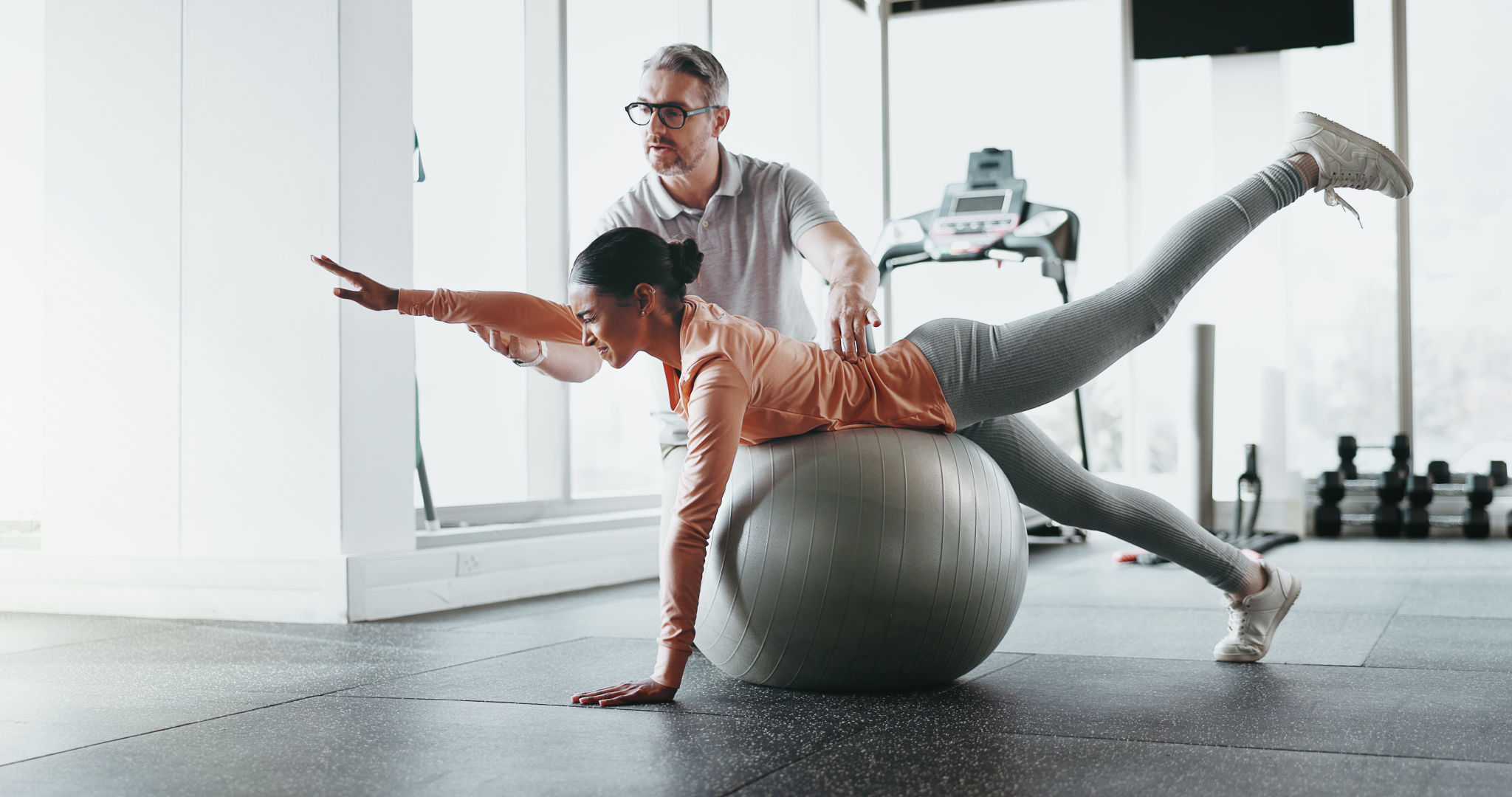Preparing for Winter Sports: Essential Physical Therapy Tips
VN
Understanding the Importance of Physical Preparation
Winter sports, while exhilarating, can put a significant strain on the body. From skiing to snowboarding, the physical demands are high, and proper preparation is crucial to prevent injuries. Engaging in physical therapy exercises as part of your preparation routine can enhance your performance and ensure you enjoy the season safely.
Physical therapy not only helps in building strength and flexibility but also focuses on enhancing coordination and balance, which are vital for winter sports. These exercises can aid in conditioning your body to handle the stress of these activities.

Building Strength and Endurance
Strength and endurance are the foundation of any athletic activity. For winter sports enthusiasts, focusing on specific muscle groups can help in maintaining control on the slopes. Key areas to target include the quadriceps, hamstrings, glutes, and core muscles.
Incorporate exercises like squats, lunges, and planks into your routine to build essential strength. Additionally, cardiovascular exercises such as running or cycling can improve your endurance, allowing you to enjoy longer sessions on the snow.
Improving Flexibility and Balance
Flexibility is crucial in preventing injuries during sudden movements or falls. Stretching exercises like yoga or Pilates can enhance flexibility and also promote better balance. Balance training, such as standing on one leg or using a balance board, can significantly improve your stability.

By incorporating these exercises into your routine, you not only prepare your body for the physical demands but also enhance your ability to react quickly to changes in terrain or unexpected obstacles.
Recovery and Injury Prevention
After intense training sessions or a day on the slopes, recovery is essential. Techniques like foam rolling and massage can alleviate muscle soreness and improve recovery time. Moreover, ensuring adequate hydration and nutrition supports overall recovery and performance.
Physical therapy professionals often recommend specific recovery routines tailored to individual needs. Investing time in recovery can prevent common injuries associated with winter sports, such as sprains and strains.

The Role of Professional Guidance
While self-guided physical preparation is beneficial, consulting with a physical therapist can provide a more personalized approach. Professionals can assess your current fitness level and design a program that targets your specific needs and goals.
They can also offer valuable insights into proper techniques and adjustments in your routine to maximize benefits while minimizing risks.
Conclusion
Preparing for winter sports with a focus on physical therapy not only enhances performance but also ensures safety. By building strength, improving flexibility, and prioritizing recovery, you set the stage for a successful and injury-free season. Consider incorporating these tips into your preparation strategy for optimal results on the slopes.
